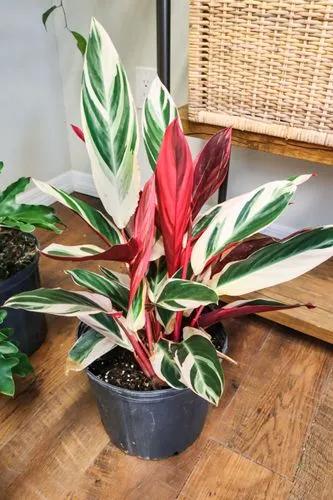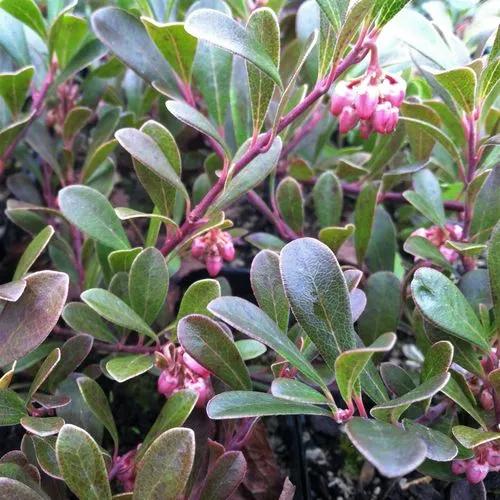Small, much-branched prostrate annual herb with hairless branches up to 20 cm long. Leaves opposite, broadly ovate to almost round, up to 4 mm long, cordate at the base; margin entire. Flowers terminal or on short axillary shoots, maroon-purple and white, sexes separate on the same plant. Fruit a 3-lobed capsule, c. 18 mm long, yellowish-green, exserted on a reflexed pedicel.
Matted Sandmat Care
Euphorbia serpens



Euphorbia serpens is a species of Euphorbia known by the common name matted sandmat. It is native to South America but it can be found on most continents as an introduced species and often a weed. This is an annual herb forming a mat of prostrate stems which root at nodes where the stem comes in contact with the ground. The oval leaves occur in oppositely arranged pairs, each leaf less than a centimeter long. The inflorescence is a cyathium with scalloped white petal-like appendages surrounding the actual flowers. A red nectar gland is at the base of each appendage, and at the center of the cyathium are several male flowers around one female flower. The fruit is a lobed, spherical capsule.
This plant is useful.
How to get rid of: Because spurges flower when young and have little or no seed dormancy, weed populations can increase rapidly. Remove plants when young to reduce seed production. They are time-consuming to hand weed due to the number of seedlings that form. Some species may forcefully discharge seeds. Spurges are well-managed by most preemergence herbicides labeled for use. Creeping spurge differs from the other prostrate spurges by the following: rooting at the nodes, having smaller, more rounded leaves, and lacking hairs on the stem. Little else is known about this species other than that it is naturalized in California and recently found in nurseries in the eastern US.
How to Care for the Plant

Popularity

291 people already have this plant 14 people have added this plant to their wishlists
Discover more plants with the list below
Popular articles






